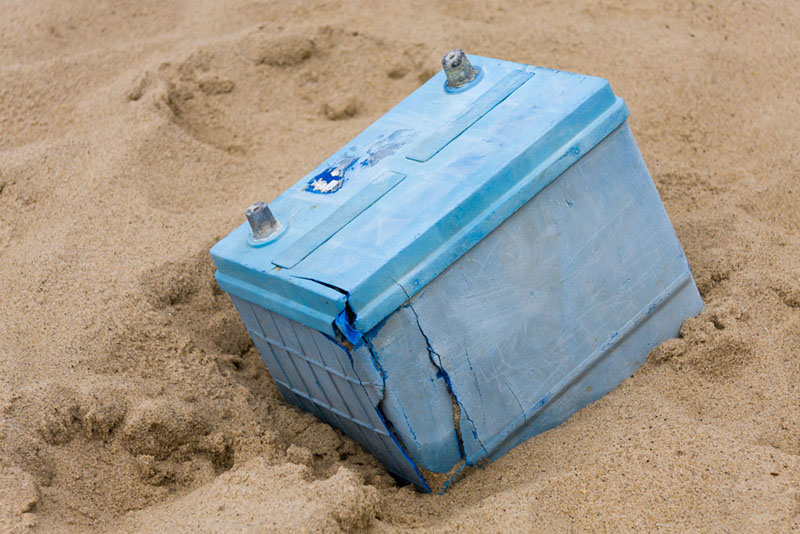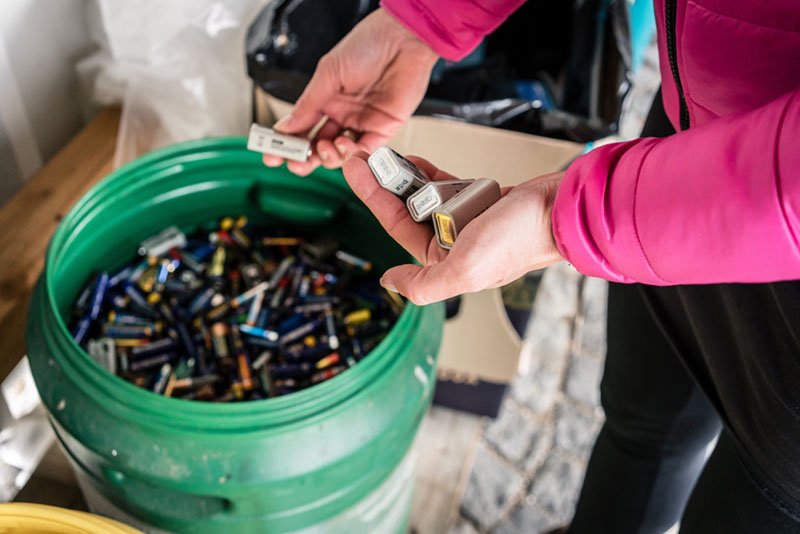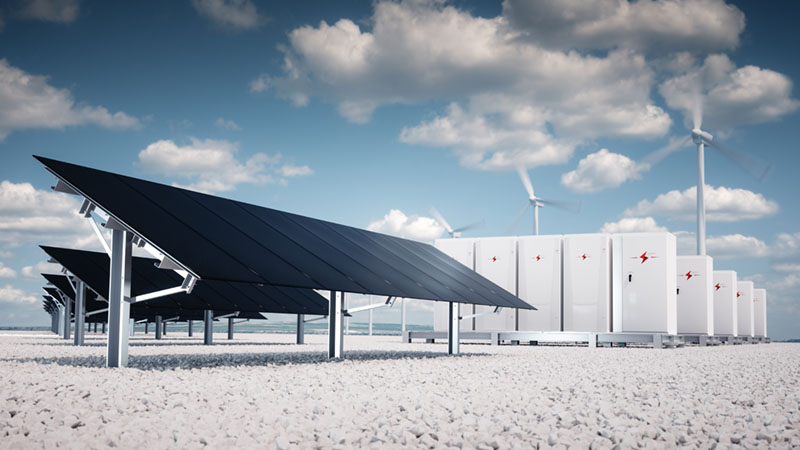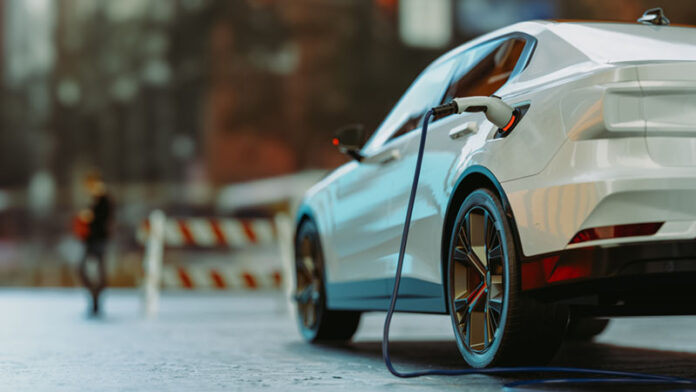While they generally go unseen and we don’t take the time to think about them (until they die, that is), batteries are a big part of our everyday life. They’re in our remote controls, in some cars, and in the device you’re reading this article on.
So then, why is there a need for eco-friendly batteries? And what exactly does it mean for a battery to be “eco-friendly?” Let’s make like the Energizer Bunny and hop right into it!
Impact of Batteries
Regardless of what you’re using a battery for—be it a watch or an electric car—it’s made of mined materials—which is where the environmental impact of a battery begins. Between mining, manufacturing, and disposal, every step of the batteries supply chain comes with problems for people and the planet.
Here are a few of the common types of batteries, as well as how what they’re made of impacts our planet:
- Lead-acid batteries: Lead and sulfuric acid make up the main components of these batteries. Lead is a heavy metal, and mining and processing it is associated with the release of toxic gases, as well as pollution of water and soil. Then there’s sulfuric acid, which is the main component of acid rain and can lead to deforestation and the acidification of waterways.


Fortunately, the lead in these batteries is 99% recyclable. Unfortunately, most of its recycling takes place informally, leading to significant toxic pollution. Similarly, the improper disposal of sulfuric acid can contaminate water and cause negative health impacts.
- Lithium-ion batteries (Li-ion): As you might assume, Li-ion batteries are made with lithium, along with graphite, cobalt, and manganese—all of which are associated with a slew of environmental problems like extensive water use, energy use, and the leaching of chemicals, to name just a few.
Unlike its lead-based counterpart, lithium-ion batteries often aren’t recycled (but they can be). Not only does this lead to the release of toxic chemicals, but also the risk for fires and danger when disposed of incorrectly.
- Nickel-Metal Hydride (Ni-MH): Nickel is another metal associated with high levels of environmental destruction and pollution—in addition to health complications for those close to the mines.
- Alkaline batteries (AAA, AA, C, D, 9-volt): That drawer of batteries you have at home contains a mix of zinc, potassium, manganese, and graphite, along with steel, paper, and plastic to contain it. Again, these all have their own environmental consequences.
Graphite, particularly, has been associated with damaged crops, polluted drinking water, and soot that covers everything near the factories that produce it.
There are a few things that remain consistent across all types of batteries: they all require a lot of earth’s precious resources to produce and for the most part they can be (but often aren’t) recycled.
Qualities of Eco-Friendly Batteries
This brings us to our first consideration for eco-friendly batteries: regardless of what it’s made with, a battery must be disposed of properly (cough cough, not in the trash can). If you want to charge in a way that won’t tax our planet, the best thing you can do is keep a battery in use longer, then properly return it to be recycled.
When it comes to the latter, many home improvement and hardware stores accept batteries to be recycled. Some municipalities have hazardous waste collection sites, or even events where e-waste (including batteries) can be collected. For batteries, and other hard-to-recycle items, here’s a helpful guide.


To keep those remote controllers charged for years to come—and simultaneously support our planet—opt for rechargeable batteries! These include Ni-MH and lithium-ion batteries, both of which can be used for up to 1,000 cycles.
Using and disposing batteries properly is the best thing we can do for the planet. This means taking care of them so they last as long as possible, then not sending them to landfills once they’re no longer functional.
That is until we further develop a few new eco-friendly battery options…
Enter: aluminum batteries
It’s thought that aluminum batteries will be a solution to many of the issues in the world of batteries. Aluminum has proven to be a better battery choice than lithium, and it could significantly reduce the economic and environmental costs of charging up.
In fact, the aluminum batteries that have been developed so far only require half the energy as their lithium counterparts! Plus, if you know anything about aluminum, you might know that it’s infinitely recyclable (i.e. indefinitely retains its properties). This makes disposing and recycling much easier.
There’s still a lot of work to be done to aluminum batteries to transform them into a readily-available commercial alternative. However, researchers are improving aluminum batteries all the time, and we may see them in e-scooters, mobile phones, and even solar storage systems in the coming years.
There are organic flow batteries, too!
They certainly sound like a type of eco-friendly batteries, but what exactly are organic flow batteries? Answering this question will first require us to break down how conventional batteries operated.
In a typical battery, there are two compounds responsible for a redox reaction (i.e. the flow of electrons, often just referred to as electricity). This often involves a cathode in the form of a metal oxide (like lithium) and a carbon-based anode. The charge flows between the two, which is what gives your iPhone power.
These metals are often inorganic, but in the case of organic flow batteries, they use organic compounds—specifically naturally-occurring compounds known as ‘quinones’ that are derived from wood.
Not only is this a cheaper way to power, but the compounds are also entirely recyclable, much safer than conventional batteries, and require little to no mining! They also degrade at a much slower rate. Whereas conventional batteries (rechargeable) only last up to around 1,000 cycles, these can be operational for up to tens of thousands of cycles.
The world of organic flow batteries is still very new, but exciting nonetheless. Keep an eye out for batteries like these in the future!
The Eco-Friendly Batteries of the Future
Speaking of the future, it’s likely that we’ll see a lot of battery improvements in the coming years.
The cobalt used in lithium-ion batteries comes with a lot of mining problems—both from an environmental and social aspect. In fact, it’s actually been referred to as the “blood diamond of batteries.”
Fortunately, many big battery buyers (we’re looking at you Panasonic and Tesla) are currently looking for an alternative.


The Outlook is Bright for Eco-Friendly Batteries
It’s safe to say that we’re in a battery-operated age in human existence. We’re relying on batteries—large and small—more than ever before, and will continue to need them even more as we shift away from fossil fuels.
While many of these batteries come with a range of social and environmental concerns, we’re quickly finding solutions to many of them, and it’s safe to assume that we’ll continue to do so in the future. From batteries made with available and easily-recyclable materials to using organic materials to get power, we’re feeling pretty optimistic about where the battery world is heading.
Feel recharged? Let us know your thoughts on eco-friendly batteries in the comments below!














